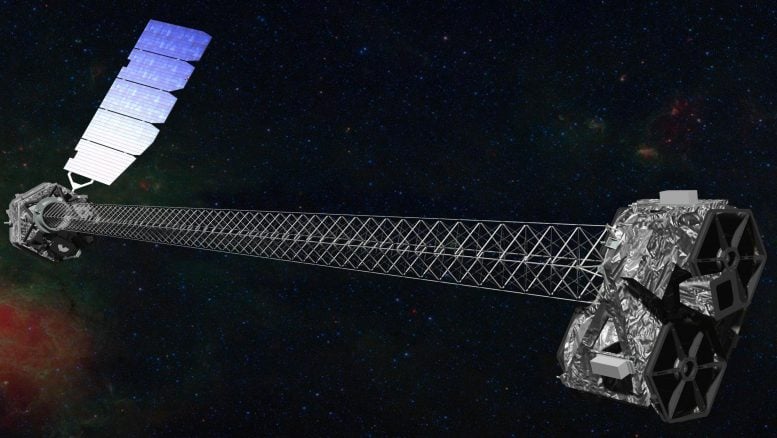
Illustration of the NuSTAR spacecraft, which has a 30-foot (10-meter) mast that separates the optics modules (right) from the detectors in the focal plane (left). This separation is necessary for the method used to detect X-rays. Credit: NASA/JPL-Caltech
By the standards of space-based astronomy, NASA’s new NuSTAR (Nuclear Spectroscopic Telescope Array) telescope that will be launched later this month has a modest budget of $165 million. However, it and XMM-Newton will try to probe the insides of the supermassive black holes hidden inside of galaxies.
Both space-based telescopes are sensitive to high-energy photons produced at the thresholds of supermassive black holes. NuSTAR will be ferried into orbit by a Pegasus rocket launched in mid-air from a carrier jet. It will detect hard X-rays at 5 to 80 kiloelectronvolts, which is between the energy range probed by the Chandra X-ray Observatory and the γ-rays measured by satellites like the Fermi telescope.
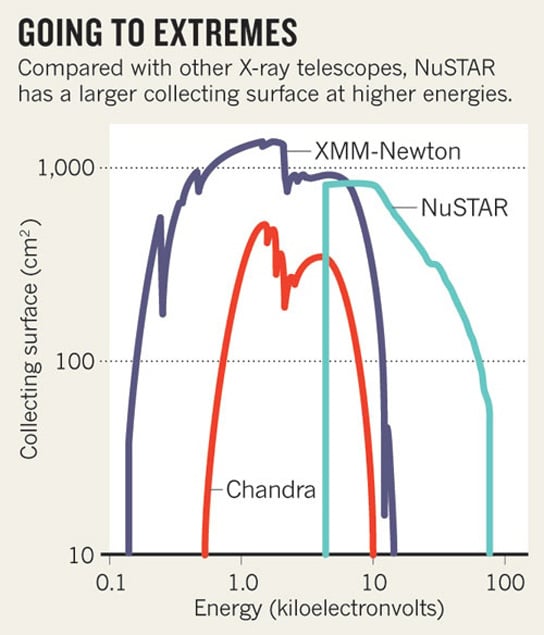
This will be the first mission that can resolve these high-energy X-rays. Hard X-rays are difficult to focus because they penetrate mirrors, even those covered with dense metals such as gold and iridium. The new mirrors are coated with a sandwich of hundreds of thin metallic films. The thickness of each layer is tuned to reflect photons of a specific energy. Once these layers are added up, they will reflect a number of photons large enough to produce a strong reflection.
The X-rays are so powerful that they can only be reflected at glancing angles, and the mirrors must be arranged in conical shells, like nested Russian dolls, which funnel the high-energy photons into a detector at the end of the structure. There are 133 of these mirror shells in two units and NuSTAR will be more powerful than the Chandra telescope, which has only four mirror shells, but they are stiffer and more finely polished, allowing Chandra to perceive objects in greater detail.
This means that the optics need a long focal length, which implies a bulky, costly spacecraft. The $2-billion Chandra could barely be squeezed into the cargo bay of the Space Shuttle. NuStar measures 10 m and will be just as long, but it had to fit into the much smaller and cheaper Pegasus launcher. The telescope is built around a folded-up truss, which will only grow to full length once NuSTAR is deployed in low-Earth orbit.
NuSTAR will focus on active galactic nuclei (AGN) in the hearts of distant galaxies that contain high-energy particles. NuSTAR should be able to stop several hundred new AGN that have been shrouded by gas from other detectors. This should allow astronomers to ascertain how common AGN are and what role they play in the growth and evolution of galaxies.
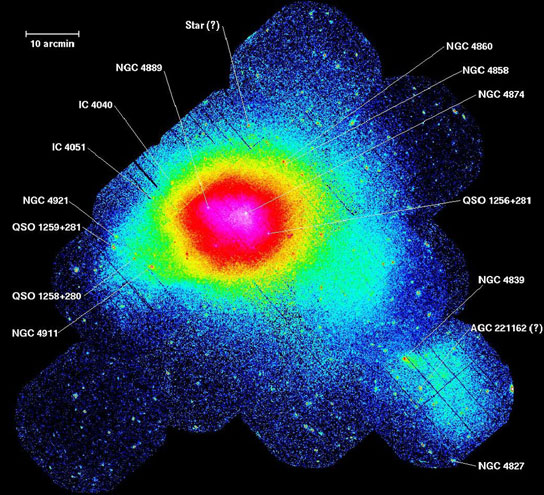
Another large X-ray telescope by the ESA, XMM-Newton, will be looking for distortions in the X-ray spectra resulting from the spin of the central supermassive black holes in galaxies. The spin rates themselves could give insight into how the black holes in some AGN grew to masses of billions of Suns, by swallowing other AGN in galactic mergers or by steadily accumulating material from its host galaxy. XMM-Newton is devoting 10% of its time to a joint effort with NuSTAR.



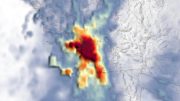
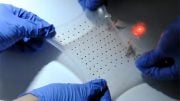
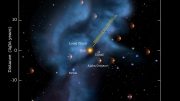




Be the first to comment on "Spacecraft to Explore Supermassive Black Holes at Center of Galaxies"